As SaaS marketers, we’re always on the hunt for something that will boost sales and improve revenue. Who wouldn’t? After all, that’s kind of the goal of business, right?
Many times, the SaaS startup is so focused on creating and shipping a great product that they accidentally neglect the all-critical aspect of marketing those great products.
But SaaS doesn’t market itself. It takes marketing savvy to push a product outside of the office and into the hands of customers. Then, it takes even more savvy to boost revenue, scale the business, and produce the highest level of revenue possible.
Are there any quick tricks or easy solutions? The answer is no, but wait. As long as you’re aware of several powerful SaaS marketing techniques, you can improve your sales in significant ways.
Here are 6 of my favorite SaaS marketing techniques.
1. Add the right testimonials
Testimonials are one of the key ways to get your product to sell itself.
People don’t care what you say about your product. They care about what other people say about your product. Testimonials are like hiring the most successful salespeople, and getting them to close sales like gangbusters for free.
This guy is selling a SaaS product, and he’s not even on the company’s payroll.
Reviews matter. Sites with customer reviews generally experience an 18% lift in sales. Besides, testimonials are trustworthy — producing an average of 12x more trust than descriptions produced by the business selling the product.
These people can sell the product better than the business can sell the product.
What does a good testimonial look like?
- It’s legitimate. Great testimonials are backed up by real people with a first and last name, a photo, a company, and a title. Granted, some of your customers may not be willing to disclose all their personal information to the public eye, but you should gain as much information as possible to prove that the testimonial is legitimate.
- It’s detailed. “The product is great!” doesn’t compel anyone to buy. The testimonial needs to be extremely detailed, pointing out what and why about the product is so awesome. Glittering generalities product junk testimonials.
- It’s specific. Real numbers are better than adjectives. “Great” and “helpful” are throwaway words in a testimonial. Instead, you want testimonials that provide specific information — ”in three days,” “56% higher,” “4x improvement,” etc. Get better testimonials by insisting that they be specific. In the absence of numbers, the testimonial should describe some level of benefit that the SaaS provided.
- It’s relevant. Who cares if Jay Z or Shaq endorses your product? You don’t need celebrity endorsements unless you’re marketing to celebrities. You need real people who comprise your target audience to testify about the product.
Notice how this testimonial is legitimate — a guy with a name and a face. It’s detailed. It’s specific. It’s relevant. He’s a former FreshDesk customer who has 3 users. This is the kind of testimonial that will drive sales.
Check out this testimonial. In just a handful of words, they are improving the quality and potential pricing of the SaaS they reviewed.
As with any feature, you should test testimonials. Test video testimonials, the position of testimonials, the quantity of testimonials, the style of testimonials, and anything else you can test.
But keep this in mind: Testimonials will revolutionize your sales, producing a near-instant improvement in revenue.
2. Raise your price
At first glance, this seems ludicrous. Yes, raising your price is a direct form of increasing revenue, but isn’t it short-lived? Won’t existing customers bail on a high-priced product? And won’t potential customers balk at the higher price?
Not necessarily. Hear me out on the rationale for this one.
- SaaS is defined not by its price, but by its value. As long as the software provides value greater than the price, it is worth the price. It’s called benefit experiences and it makes all the difference.
- SaaS features are worth higher prices. SaaS is best pitched with advanced features, not just solutions. The old-school model of sales tried to sell solutions. That sales methodology does not work anymore. Today’s savvy B2B and B2C buyers already know the solution. They want features. The most appealing SaaS will be stacked with features. These features are what will tip the decision scales in favor of a purchase.
- SaaS with higher-than-average price positions itself as higher-than-average quality. A product’s price is an indication of that product’s value. Why do you have to pay so much for a Patek Philippe watch? Because it’s a high-quality watch. Your perception of the timepiece is dependent in large part on its price. But there’s a corollary feature that justifies the high-priced watch. It has brand cachet. You can steal a page from Patek’s playbook by justly demanding high prices and thereby building brand status.
- SaaS with higher prices automatically filters out low-quality customers. Who are your best customers? They ones who stay and the ones who pay, right? SaaS success is all about cutting churn, improving retention, lowering the CAC (cost to acquire a customer), and improving the quantity acquisition. One simple way to gain the best possible customers is to bump up your prices, thereby eliminating those who won’t pay, can’t pay, and won’t stay. Boost prices, and you boost the quality of your customers.
You can improve prices without losing revenue. Will you lose customers? Maybe. But maybe those customers weren’t long-term customers anyway. You want customers who are willing and able to pay your prices.
3. Test your trial length
Ah, the length of the free trial.
Few things in SaaS are so frequently disputed yet infrequently tested as the length of the free trial. On the one hand, you have those who say “the shorter the better,” and those who insist “your free trials are way too long.”
Constant Contact offers a two-month trial!
But Match.com only gives you seven days!
Who’s right and who’s wrong?
The length of a free trial all depends on the company, the niche, the customer, the product, and about 875 other factors.
What’s the right length for you? You have to test it. When you’re starting out, you may wish to go for something standard or convention — usually 14-30 days. Track metrics and test everything.
Here are some key considerations for setting a trial length. These considerations should not compel you to pick a short vs. a long one, but rather to weigh the factors as you set your initial trial duration.
- How long do customers need to test the product? Can they test it in a few days, or do they have to run processes that can take a week or two?
- What length of trial will help to get users engaged? One important factor in SaaS sales is engagement. The free trial is intended to initiate and sustain engagement. How long does this take?
- Does the free trial allow users to roll directly into the full version with no interruption? If so, this has an impact on how they can continue to use the product after their trial has expired.
- How does the length of a free trial impact the sales cycle? Is the length of your sales cycle important? Does it really impact CAC? If so, then you may wish to give some careful thought to how your free trial can enhance the sales cycle length.
Various businesses have had success with 7-day trials and 60-day trials. Your success depends on more than you can conceive of during a brainstorming session and sales meeting. You need to test.
4. More upsells
At the risk of sounding cliche, upsells are like the holy grail of SaaS marketing.
The reason why is simple: Upselling = profitability.
Check out this image:
To cut through all the colorful lines and arrows, the idea is this: Upselling/upgrades are more profitable and more rapid than other marketing methods.
Besides, upselling is easy. Try to market to a non-customer, and it’s hard. Market to an existing customer, and it’s simple. According to Marketing Metrics, it’s 50% easier to sell to existing customers than it is to new prospects.
5. Focus on retention
Retention doesn’t sound very sexy as a marketing techniques. What about hacks, guerilla tactics, and cool new moves?
Hang on a second. Retention is killer. Stop and listen to the sound of the numbers for just a minute.
Increase your customer retention by 5%, and you will improve your company’s profitability by 75%. Bam. Profit.
Both Gartner and Pareto say that 80% of your future revenue will come from 20% of your current customers.
Your initial sale process is, of course, important. But it’s incomplete. The rest of your revenue can and should come from post-initial sales.
Why? Because that’s where the money is!
This graph from David Skok shows that 5-30% of revenue comes from the initial sale, while 70-95% of the revenue you’ll receive from a customer comes from renewals and upsells.
If you’re trying to boost your profit, try improving your retention. You may not see the kind of killer upticks in the conventional KPIs, but you’ll definitely see an improvement in the long term.
Implement a retention plan, and you’re ready to boost your profitability.
6. Revamp your pricing page
Sales boils down to a single spot of real estate on your website: The pricing page.
If your pricing page is not well-designed, strategically laid out, and cautiously implemented, you could be losing tons of sales.
Like every other SaaS marketing strategy, the specifics of a pricing page depend on your product, customer, etc. The broad brush strokes of pricing pages, however, remain relatively stable. Here are those broad brush strokes.
Simplify your pricing plans
Some SaaS providers think that they need a different plan for every customer type and every life situation. You don’t need that many plans.
The point of creating plans isn’t to reach specific customer types as much as it is to help customers make the right choice. You get to control that choice through the way in which you design and present the pricing page. Customer type differentiation is a byproduct benefit of a well-designed pricing page.
Hubspot does a great job of this. In spite of their massively differentiated market, they are able to segment it with simplicity and strategy: Just three plans.
Tell customers which plan to choose
Here’s a moment of revelation about human nature: People want to be told what to do. And not just because Don Draper said so.
How do you apply this bit of insight to your pricing page?
Tell people which pricing option is best, greatest value, or most popular.
Sprout Social doesn’t beat around the bush. They tell you, this is the plan we recommend.
Getresponse has way too many plans, but at least they tell you which one is the most popular.
Along with these two features — simplicity and recommendations — you can also apply a bit of psychology to your pricing page.
Check out this explanation of some psychological triggers that will absolutely explode sales, along with a few studies for good measure.
Conclusion
I’ll be the first to admit that SaaS marketing is a big hairy beast. It is not for the faint of heart.
But it is absolutely thrilling. It’s fast-paced, soaked with strategy, boosted by psychology, backed by research, and blown apart by the slightest shift in the market.
You’re tasked with taming this beast and making your company more money. And the only way to do that is with some sure-fire strategies that typically boost sales.
You’re looking at the cheat sheet to SaaS marketing techniques that kick revenue into the next gear. Try them, test them, and see what happens.
What’s your favorite SaaS marketing technique?
About the Author: Neil Patel is a lifelong evangelist of Kissmetrics and blogs at Quick Sprout.


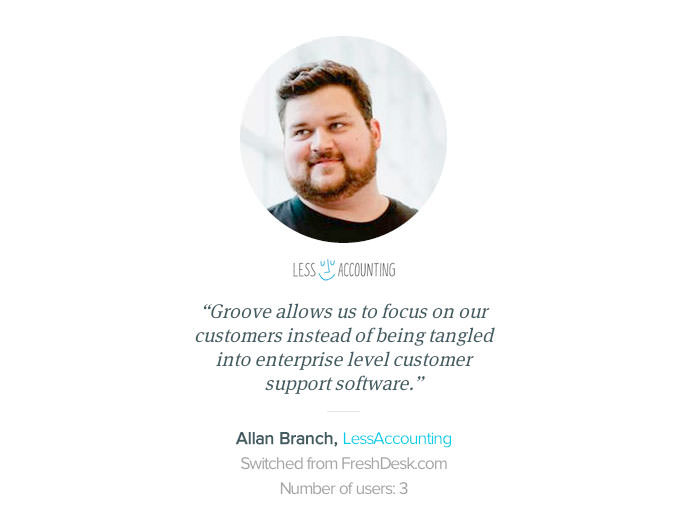
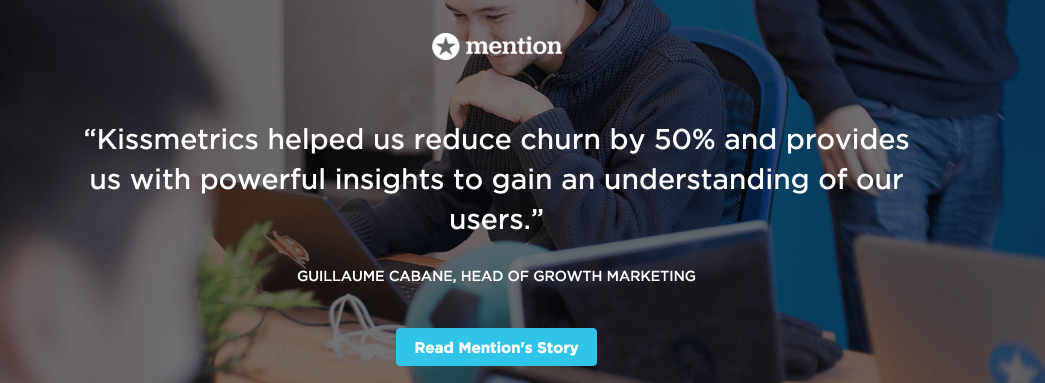


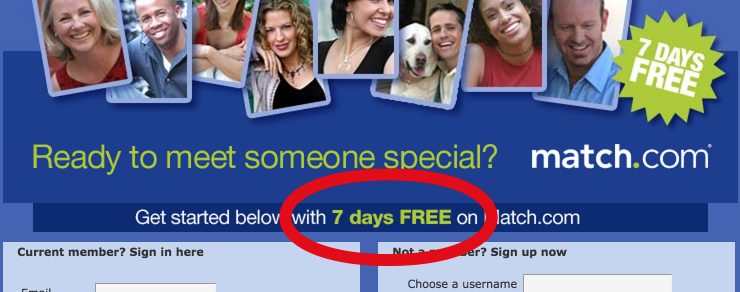
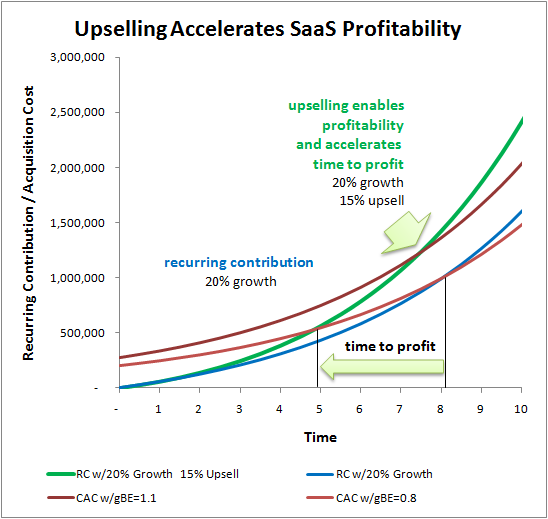
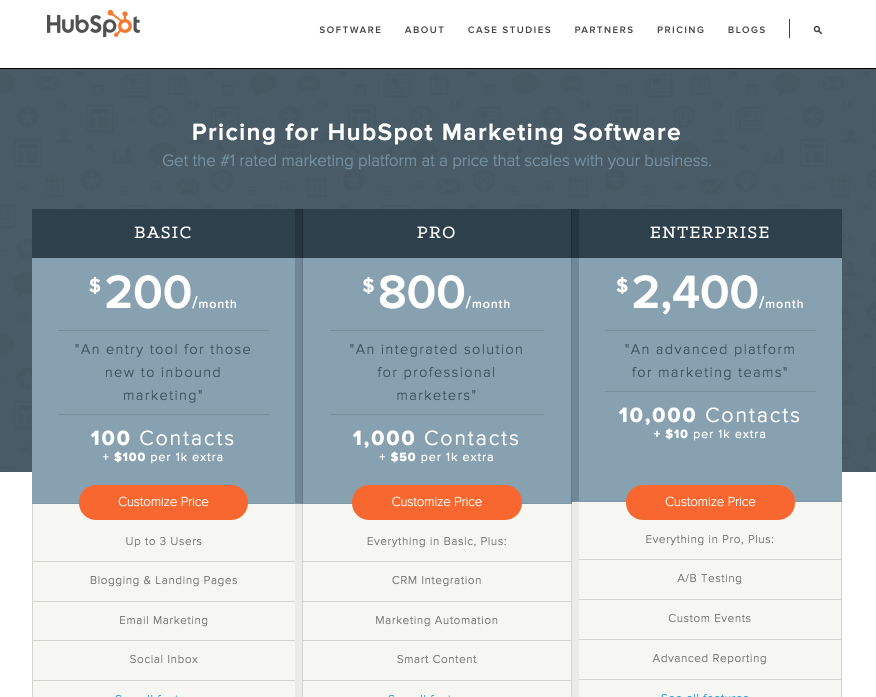



Walang komento:
Mag-post ng isang Komento